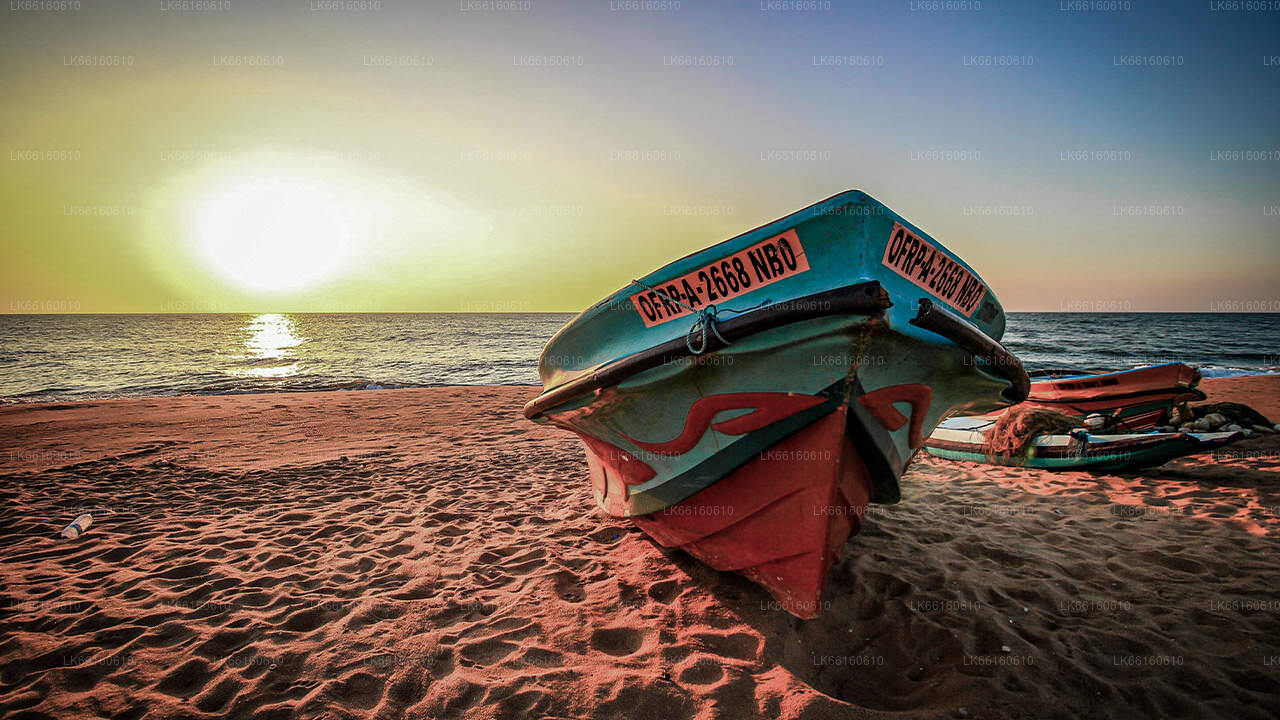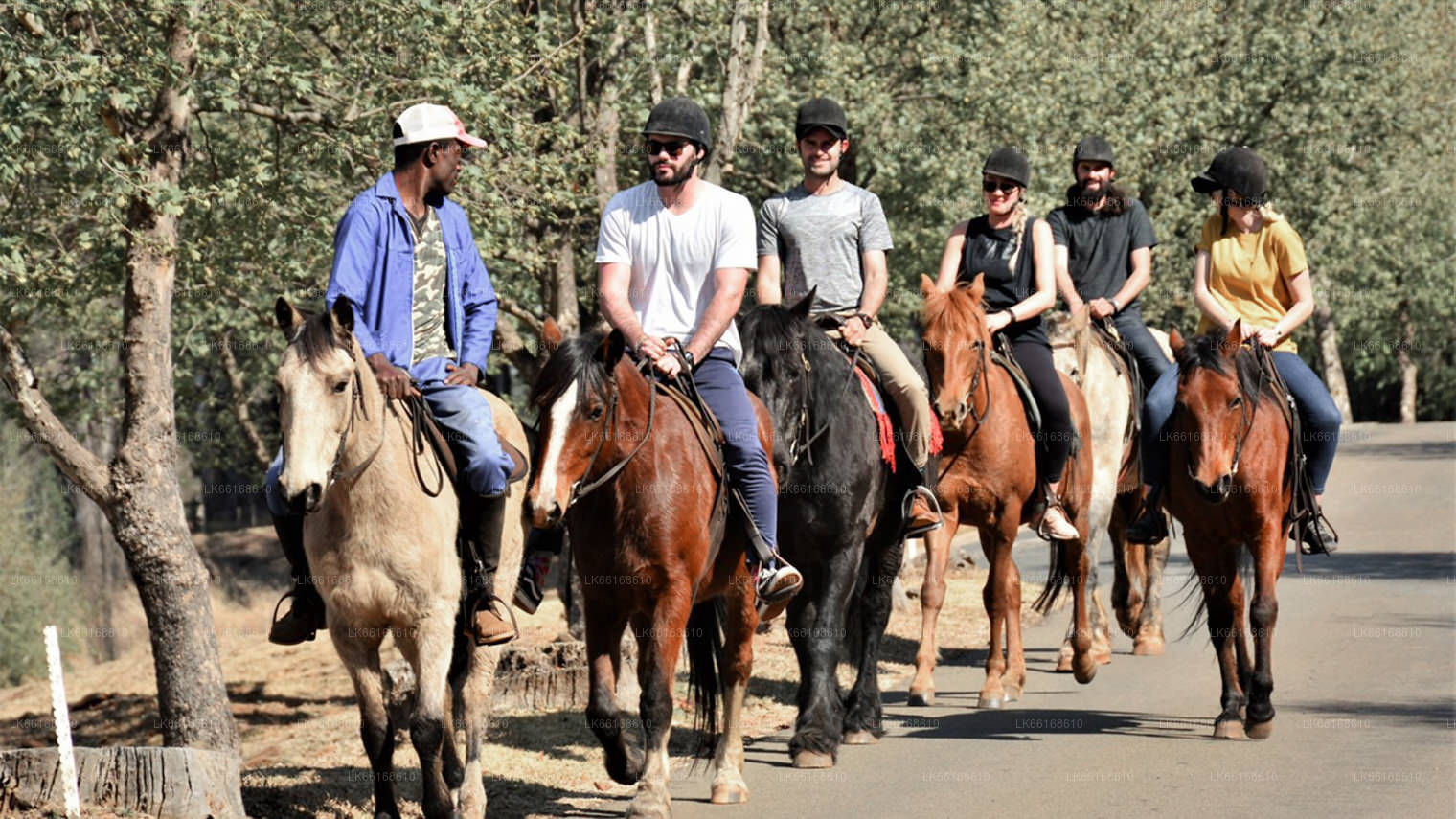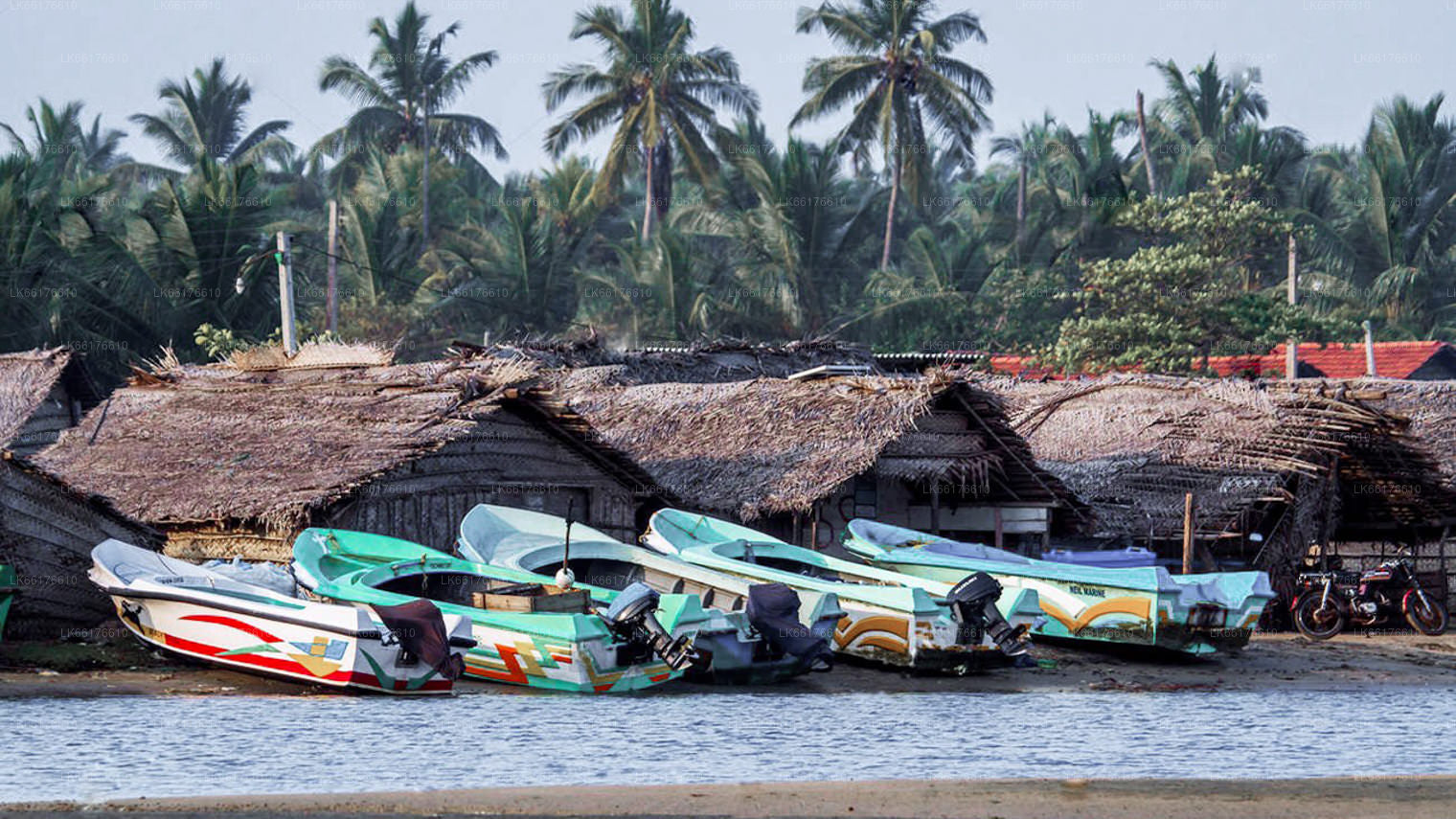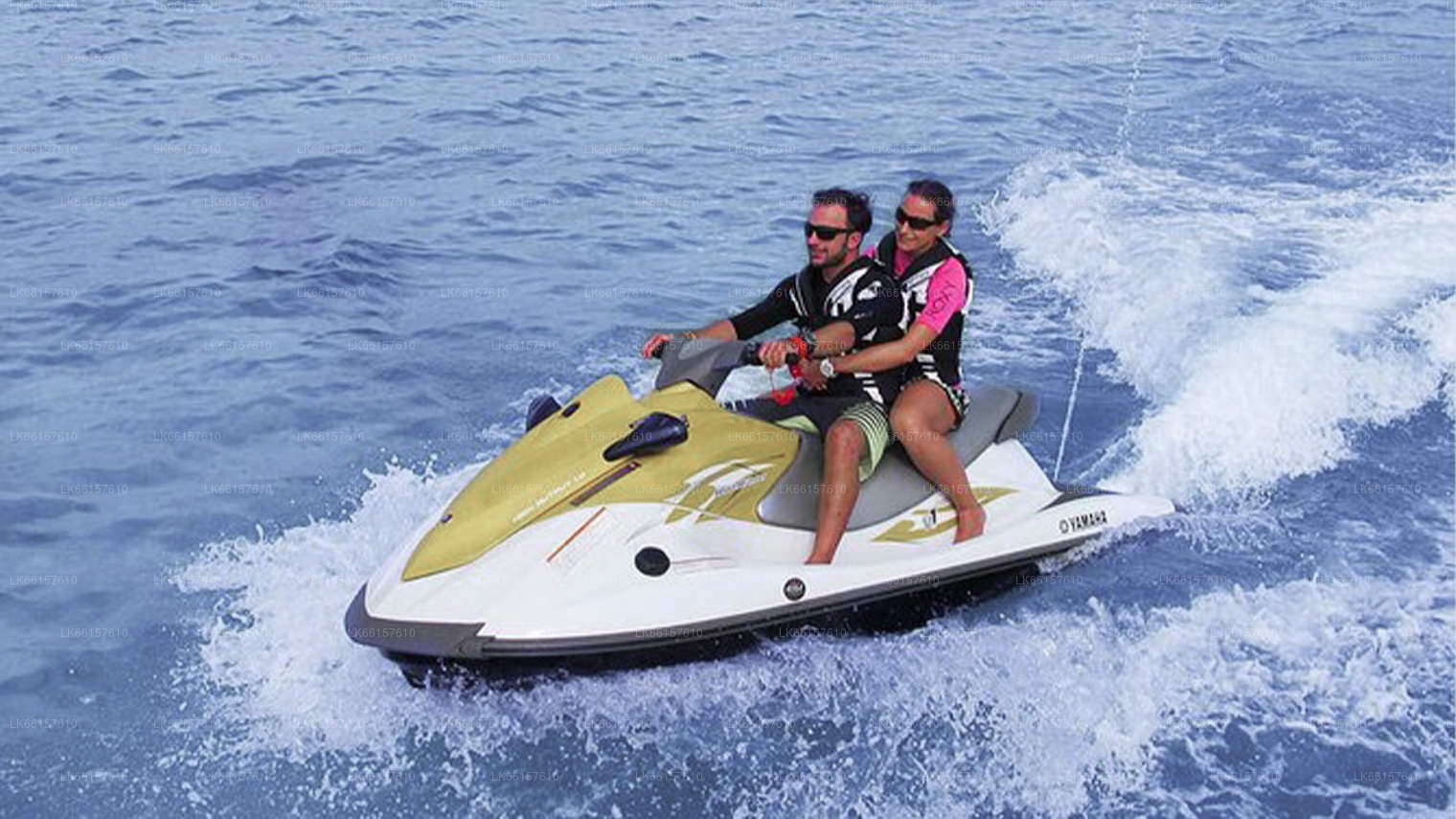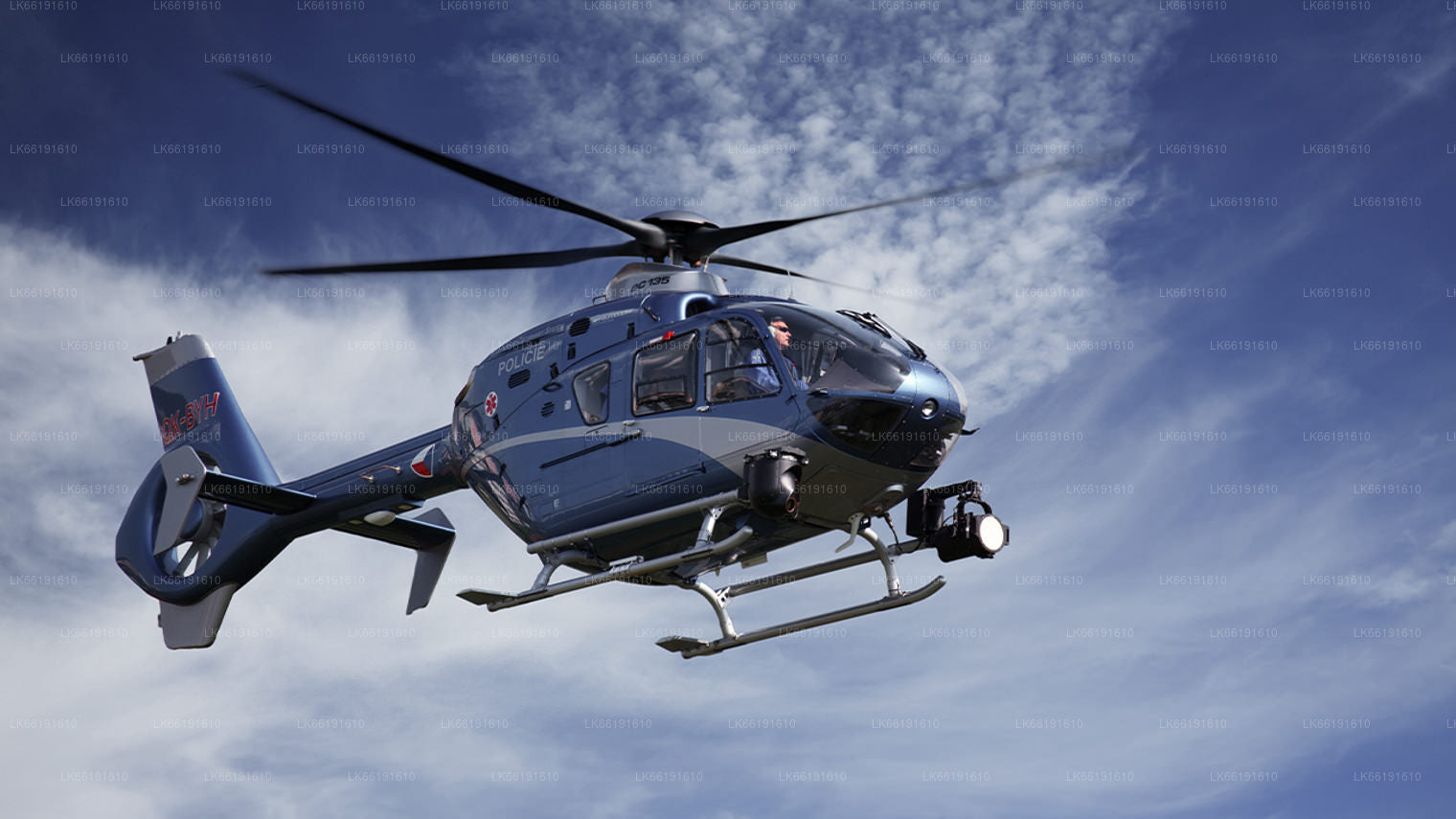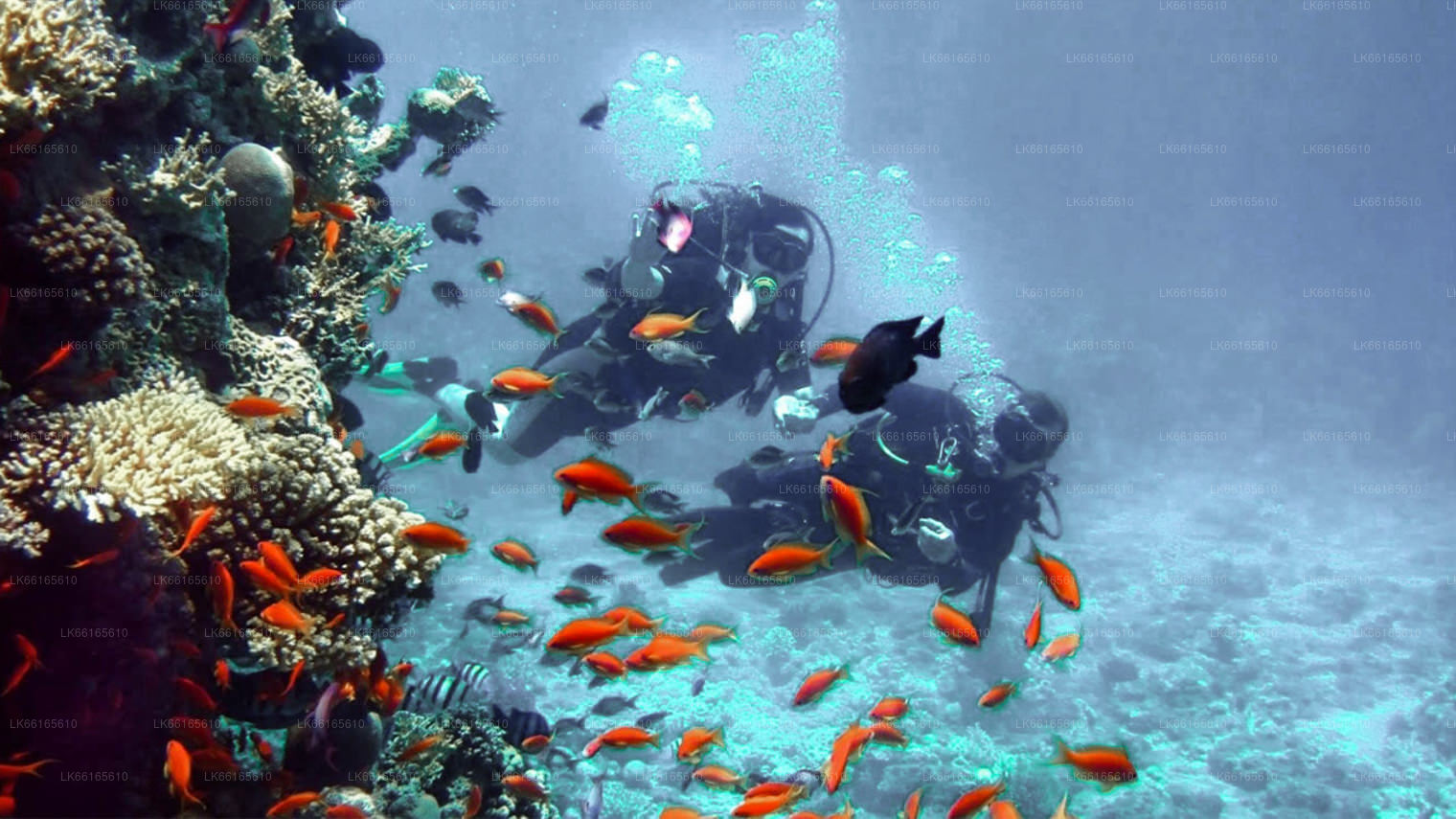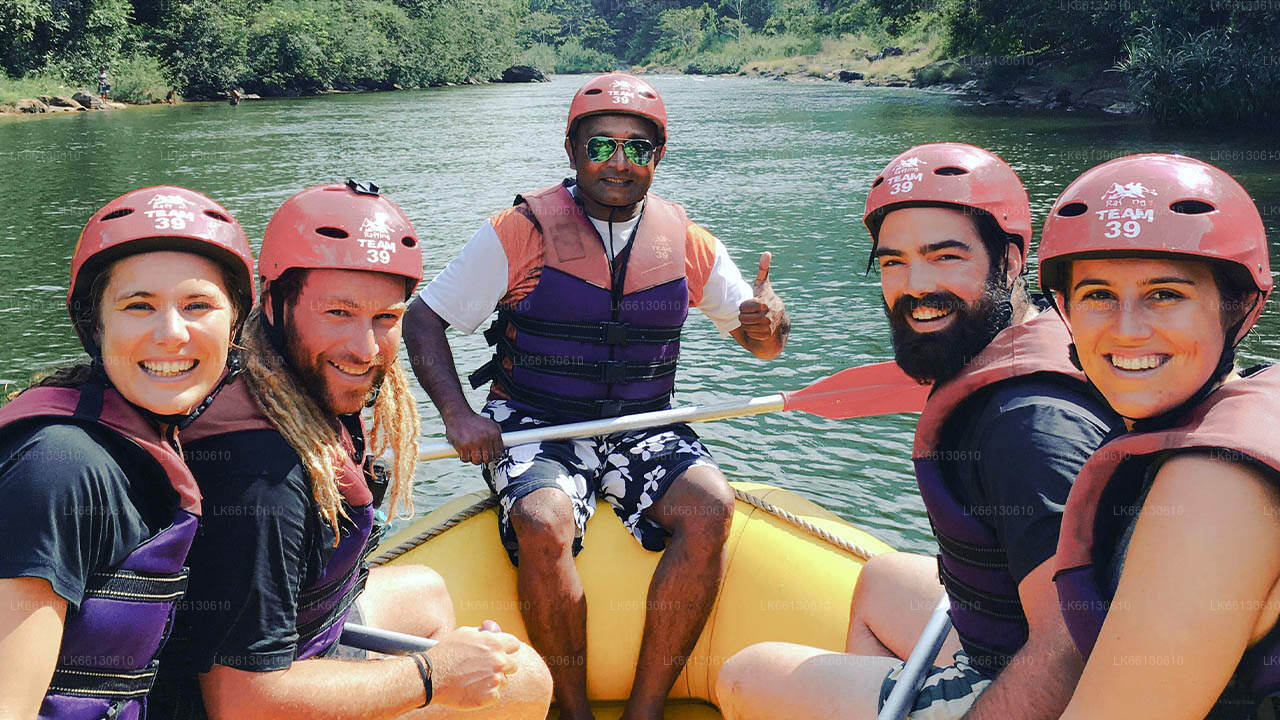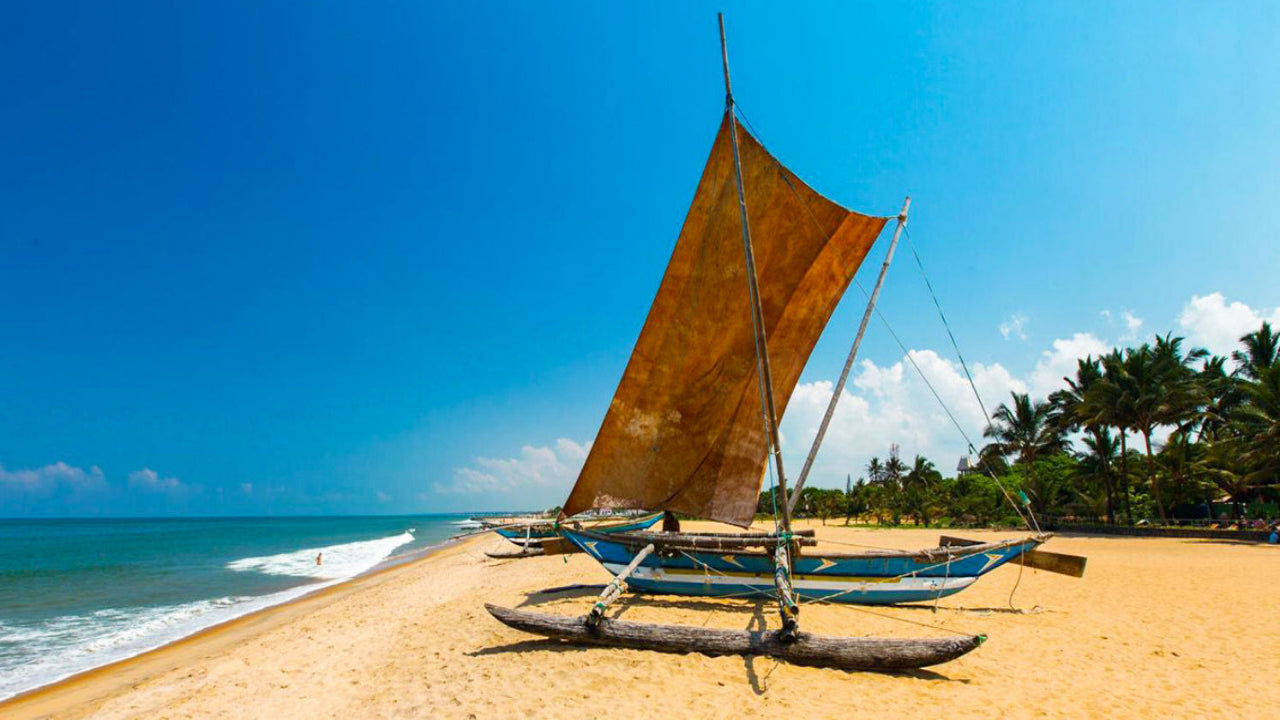
尼甘布市
尼甘布是斯里兰卡的一座海滨城市,将文化遗产与海滨魅力完美融合。它以纯净的海滩、荷兰运河和熙熙攘攘的鱼市而闻名,更有精彩的短途旅行和宁静的寺庙吸引着游客。每一次造访,都能感受到尼甘布丰富多彩的魅力。
St Marys Church Negombo
St Mary’s Church, Negombo in Sri Lanka: Early Catholicism in Sri Lanka
There is evidence prior to the 16th century of small groups of Christians in Sri Lanka, residing among traders from the Middle East and mercenaries from South India. Records of these ancient travelers report that a separate area was given for Christians in the ancient capital of Anuradhapura and there was a Christian chapel used by the Persian merchants who came to Sri Lanka around the 5th century.
Christianity really began to spread in Sri Lanka only with the arrival of the Portuguese in the 16th century.
On November 15, 1505, a Portuguese fleet commanded by Lourenço de Almeida, after having been driven by a storm to the shores of Sri Lanka, landed in Colombo. When de Almeida and his fleet arrived on the island, Sri Lanka had a Tamil kingdom in the north and in the south there were two Sinhalese kingdoms, one in the central highlands with Kandy as its capital, and the other, comprising mainly of the south-western lowlands, which was the largest, richest and most powerful. The ruler of this region, King Dharma Parakramabahu IX was considered the emperor of the whole country and he resided in his capital, Kotte.
With the permission of the King of Kotte, de Almeida erected a trade station and a small chapel in Colombo. Franciscan Friar Vicente, the chaplain of the fleet, celebrated Mass. This is the first record of a Catholic Mass on Sri Lankan soil. The chapel was dedicated to St Lawrence, Roman deacon and martyr, Lourenço’s name-saint. It was thus that St Lawrence became the chief patron of the city of Colombo.
he Catholic faith spread further when other Religious Orders such as the Jesuits, Dominicans and Augustinians, arrived in the country as well. The Jesuits arrived in 1602, the Dominicans in 1605, and the Augustinians in 1606.
St Mary’s Church, Negombo in Sri Lanka: Persecution by the Dutch and British Rule
During the middle of the seventeenth century, another colonial power, the Dutch, arrived in Sri Lanka. In time they ousted the Portuguese and occupied the territories held by them. During the period of the Dutch, Catholicism was prohibited as the Dutch gave predominance to their Protestant faith. Catholics began getting persecuted and many were forced to flee in safety to other parts of the Island. Catholic Churches and schools were shut down and Catholics were forbidden to harbour priests, for which the people faced severe punishment if found guilty. As a result, Catholics did not have any priests to minister to them for nearly 30 years.
When the British took control of the island in the year 1796, they restored religious freedom in the country and various European Missionaries freely travelled to the country.M
St Mary’s Church, Negombo in Sri Lanka: Catholicism in Negombo
Negombo is a multi-religious city. Since the beginning of European colonization, th
加姆珀哈区
加姆珀哈是斯里兰卡的一个城市,也是西部省加姆珀哈区的首府,位于科伦坡北部。加姆珀哈区与科伦坡主要以克拉尼河为界。加姆珀哈镇位于科伦坡-康提公路上,距离米里斯瓦塔约4公里。加姆珀哈周围环绕着雅卡拉镇、米里斯瓦塔镇、韦利韦里亚·乌杜甘波拉镇和贾埃拉镇。
“加姆珀哈”在僧伽罗语中的字面意思是五个村庄。这五个村庄分别是伊哈拉嘎玛村 (Ihalagama)、帕哈拉嘎玛村 (Pahalagama)、梅达嘎玛村 (Medagama)、帕蒂亚嘎玛村 (Pattiyagama) 和阿鲁特嘎玛村 (Aluthgama)。
西部省
西部省是斯里兰卡人口最稠密的省份。立法首都斯里贾亚瓦德纳普拉和国家行政及商业中心科伦坡都位于此地。西部省分为三个主要区:科伦坡区(642平方公里)、加姆珀哈区(1386.6平方公里)和卡卢特勒区(1606平方公里)。作为斯里兰卡的经济中心,所有主要的本地和国际企业都在此设有办事处,所有主要的设计师和商业街零售商也都在此设立,所以准备好在西部省尽情享受购物的乐趣吧。
西部省是斯里兰卡人口最多的省份,岛上几乎所有顶尖的教育机构都位于西部省。该省的大学包括科伦坡大学、斯里贾亚瓦德纳普拉大学、凯拉尼亚大学、斯里兰卡开放大学、斯里兰卡佛教和巴利语大学、约翰·科特拉瓦拉将军国防大学和莫拉图沃大学。西部省拥有全国最多的学校,包括国立学校、省立学校、私立学校和国际学校。






